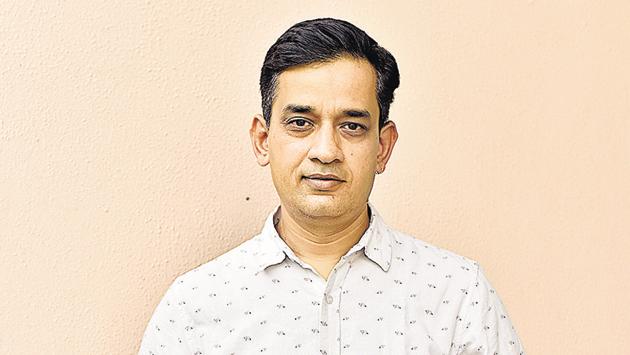NCR states must come together to chart a road map against pollution
Air flow does not follow administrative or political boundaries. Therefore, it is important that state governments of Delhi, Haryana, Punjab, Uttar Pradesh and Rajasthan must come together to curb air pollution.
We are just a couple of weeks away from restarting our annual exercise to discuss air pollution in Delhi-NCR. And, this discussion revolves around two triggers. First, the stubble burning in Punjab and Haryana, and the second, bursting firecrackers on Diwali.

We may be just a couple of weeks away from the first trigger as stubble burning usually starts around end of September or early October. However, the question is that are we breathing good air right now? Unfortunately, no because as per the reports, Delhi experienced zero ‘good’ quality air days between March and May 2018. This basically means that air pollution is now an all year round phenomenon in our cities.
As per the World Health Organisation’s (WHO) 2018 data on global air quality, 14 out of the world’s 15 most polluted cities are in India. Kanpur topped the list, Faridabad ranked second, Delhi sixth and the Millennium City was eleventh.
In its report titled The State of Global Air, the Health Effects Institute — a US-based independent, non-profit corporation specialising in research on the health effects of air pollution — said that 25% of the total deaths due to air pollution in the world take place in India. The Lancet Commission on Pollution and Health estimated that 25 lakh Indians die prematurely due to air pollution every year.
Last November, a number of government and private schools were closed in Delhi-NCR due to persistent smog and air pollution. Yet, nothing much has happened around improving air quality in India, especially in Gurugram and here is why:
Data for action
As I write this piece, the real time Air Quality Index (AQI) in Delhi’s Dwarka is at 166 while in Okhla it’s 159, both in the unhealthy category. However, similar data for Gurugram is not available. The Central Pollution Control Board (CPCB) operates only one monitoring station in Gurugram, which is insufficient and unreliable to give a complete picture of the air quality in the city. In contrast, the Delhi Pollution Control Board operates 30 air quality monitors in Delhi. Therefore, the first step is to set up standardised monitoring systems and setting up improvement targets.
Diagnosis before solution
To solve air pollution problem in Gurugram, the first thing is to understand the cause. While there is no source apportionment study for Gurugram, as per UE.info (www.urbanemissions.info) motor vehicle exhaust is the largest contributor to air pollution and is responsible for 30% of PM 2.5 concentration in greater Delhi’s ‘airshed’, including Gurugram.
This means that the city has to work on the three fronts. First, reduce the dependence on use of private automobiles by limiting road space, levying high parking fees, demand management, etc. Second, encourage the use of non-motorised and pubic transport . Third, promote zero emission and electric vehicles.
Road map for action
Before Delhi, Beijing was crowned the air pollution capital of the world. However, Beijing has been able to rid itself of the notorious tag. The Chinese government, as part of its National Action Plan on Air Pollution control, started by acknowledging the severity of the problem and pledged to reduce PM10 levels in cities by at least 10% from 2012 levels and reduce PM 2.5 levels in Beijing and two other cites by 25%. Therefore, it is important that the Haryana government also make a road map to address air pollution, setting tangible targets and timelines.
Air flow does not follow administrative or political boundaries. Therefore, it is important that state governments of Delhi, Haryana, Punjab, Uttar Pradesh and Rajasthan must come together to effectively control air pollution in the ‘air shed’ of Delhi. One state cannot achieve substantive change alone.
So as soon as air quality hits severe levels, crop burning and firecrackers will dominate conversation around air pollution for the next three months. These are important issues and we must remember that unhealthy air in the remaining nine months is equally bad news for the citizens. Therefore, our focus on battling air pollution must be consistent round the year.
Global cities such as Beijing and Los Angeles have shown that improving air quality is possible provided we take the right steps at the right time. Else, we will talk about it next year, again.
(Amit Bhatt is director, integrated transport at WRI)

Stay updated with all the Breaking News and Latest News from Mumbai. Click here for comprehensive coverage of top Cities including Bengaluru, Delhi, Hyderabad, and more across India along with Stay informed on the latest happenings in World News.
Stay updated with all the Breaking News and Latest News from Mumbai. Click here for comprehensive coverage of top Cities including Bengaluru, Delhi, Hyderabad, and more across India along with Stay informed on the latest happenings in World News.





